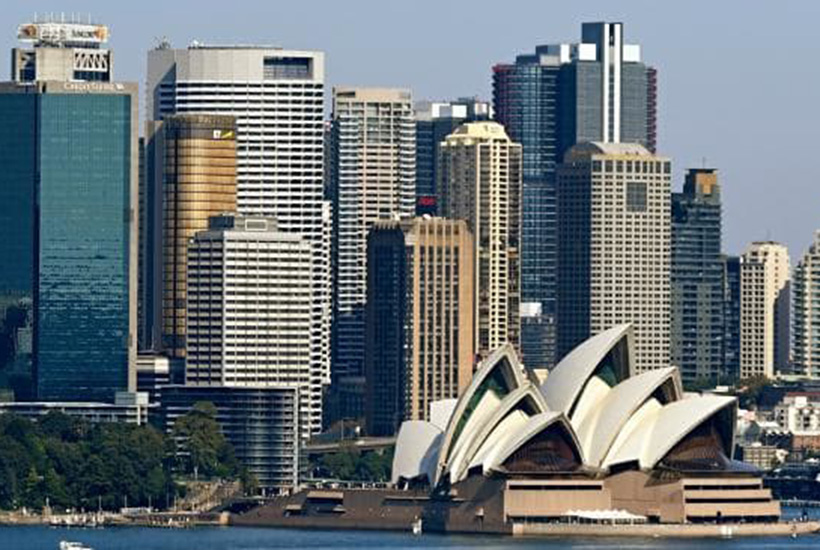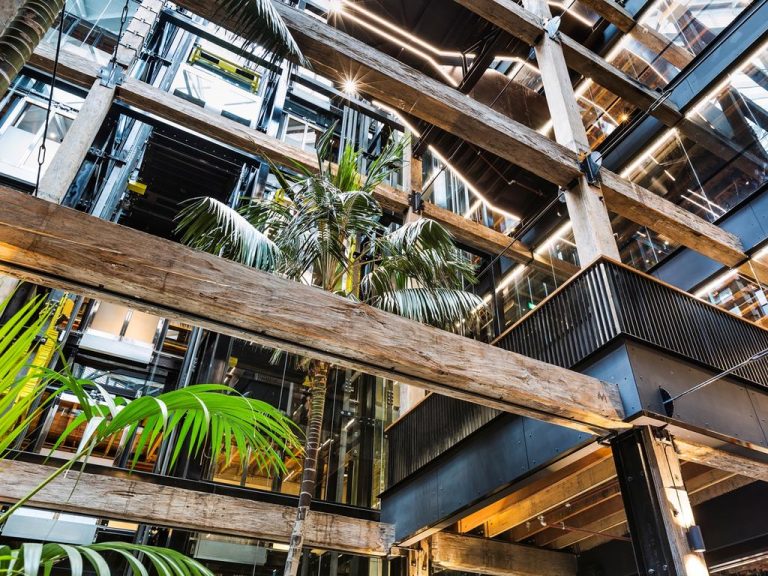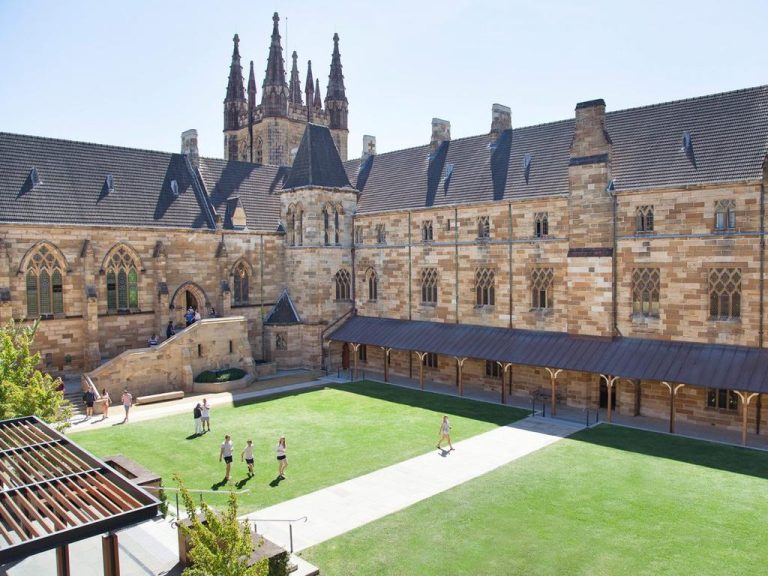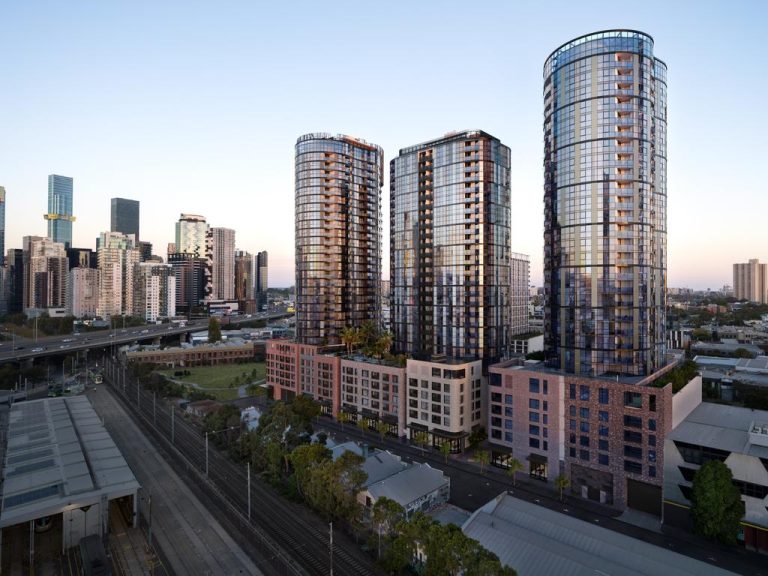Why the office growth cycle has further to run

“Demand for office space has slowed but leasing markets will stay firm.”
“Certainly, the economy will stay weak.”
“But net absorption is already conservative and, if anything, will strengthen from here.”
Commercial Insights: Subscribe to receive the latest news and updates
“This cycle has further to run.”
It’s not really surprising to hear cautionary notes from our office REITs about the sustainability of demand and the potential for office cycles to turn. They have businesses to run and expectations to manage. Their businesses have been doing extremely well for some time now, particularly those focusing on the Sydney and Melbourne office markets. “It’s been so strong for so long and the upturn can’t last forever” seems to be the logic. That’s certainly true. But this cycle has a lot further to run.
We shouldn’t confuse two separate drivers of capital growth and, hence, returns. One is firming yields as drivers of capital growth. The other is strong leasing markets and rising rents as drivers of capital growth, with a secondary impact on yields.
Underpinned by falling bond rates, firming yields have been the rising tide that raised all ships. And, as I argued in a recent column, on current bond rates they have further to firm.
Today, I want to focus on demand, the strength of leasing markets and the sustainability of rising rents. And here we are really talking about Sydney and Melbourne. Brisbane, Perth and Adelaide remain oversupplied and will continue to slowly absorb that oversupply.
The cautionary note seems to suggest that leasing markets will weaken as the cycle turns. But will they? And what does that mean?
There’s a big difference between demand cycles and supply cycles. And the tightness of leasing markets will depend on the net impact of supply and demand.
Supply cycles are more serious and last longer. Just look at the office markets post the last really big commercial building boom in the 1980s after which it took 15 years to absorb the oversupply. And the more recent example is the time it is taking to absorb oversupply in Brisbane and Perth. But in Sydney and Melbourne, we haven’t yet started to develop the buildings that will oversupply those markets. There’s time.
And superimposed on those supply cycles are demand cycles. They’re smaller and shorter. They’re affected by the economy through office employment in the medium term and by confidence in the short term, which can delay leasing decisions or bring them on. Together those factors determine net absorption.
Certainly, demand in the form of net absorption has slowed this year — a little. But it has been weak for years. Ever since the global financial crisis, and, more recently, even weaker since the end of the mining investment boom. There are two reasons.
Firstly, the economy has been weak and employment growth constrained, particularly during the past five years when falling mining-related construction inhibited economic growth. The underlying demand for office space is the amount of space required to cater for growth in office employment at existing workspace ratios (office space per employee). And, of course, there’s a long run trend towards (moderate) reduction in office space per employee. Weak growth in employment meant weak underlying demand for office space and weak net absorption of space.
Secondly, business confidence plays a role in the timing of net absorption for given underlying demand.
Some of us can remember times when businesses were confident and leased space ahead of requirements to cater for growth. But that logic hasn’t been prevalent since the GFC. Indeed, Australian business remains focused on cost containment and hasn’t “gone for growth” for a long time.
There are times when net absorption is constrained by the availability of appropriate space, delaying leasing until new buildings become available. That’s happening in Sydney and Melbourne now, with a round of new buildings coming on stream and movements between the deckchairs. The completion of this round of new buildings has the potential to release pent-up demand.
And there are times when companies become cautious and make do, placing additional employees into existing space rather than taking on new space. In the current environment, confidence has turned more bearish, with talk of inverse yield curves and recession-delaying leasing decisions. As confidence turns, that, too, has the potential to release pent-up demand. I’m not worried about the current weakening in net absorption. I regard this as a pause in demand rather than a fall.
Certainly, the economy will stay weak as the fall in residential building work is only now starting to suppress growth, taking over from the mining construction downturn, which has only just run its course. While there are external threats, the main drivers for the economy are domestic. There is little chance of recession. GDP growth has averaged 2.5% during the past five years. It will be a little weaker this calendar year, but recover to about 2.5% during the next three years, strengthening once the residential building downturn has run its course.
Meanwhile, in the current low interest rate environment there is still weight of money needing to find a home and the prospect of even further firming of yields.
We can’t really call this strong market a boom, but it probably will be before it’s over. I’m not selling yet.
This cycle has further to run.
Frank Gelber is an independent economist.
This article originally appeared on www.theaustralian.com.au/property.







